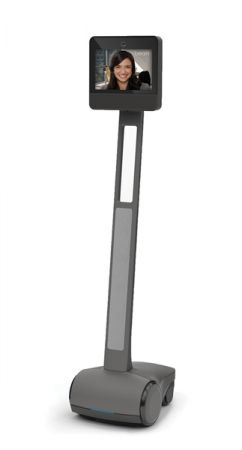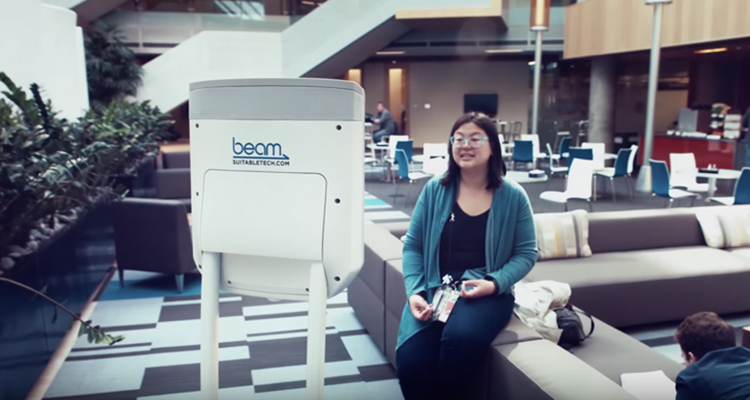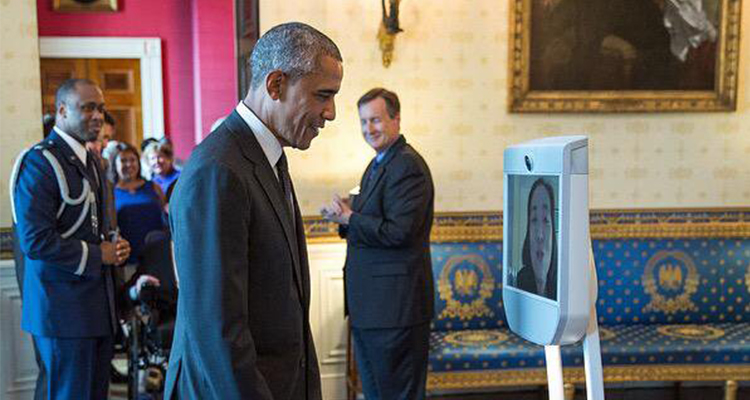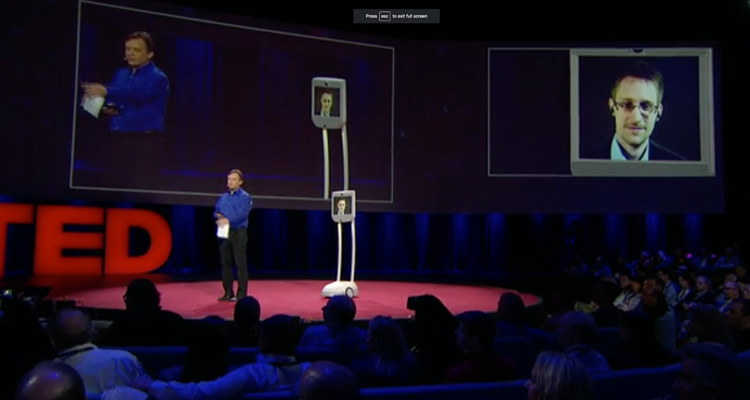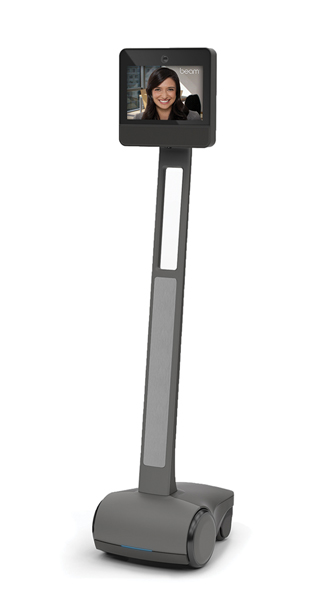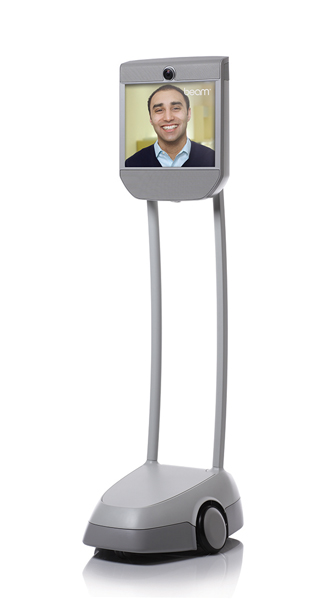Maintaining a long-distance relationship is one of the biggest challenges a couple can face. For researchers at the Connections Lab (cLab) at Simon Fraser University’s School of Interactive Arts and Technology (SIAT), exploring how telepresence technology addresses this challenge has been yielding fascinating, nuanced results.
In anticipation of Valentine’s Day, we chatted with PhD student Lillian Yang about cLab’s latest findings on how telepresence can provide a solution to long distance couples. From how being able to argue “in person” actually brings partners closer together, to what context has to do with connection and why “face-to-face” communication is so much more than just staring into each other’s eyes, their insights from studying telepresence technology gets to the heart of human relationships.
Q: Tell us how you came to study user experience and interaction with telepresence technology, and how using it differs in people’s personal lives versus in the professional realm?
A: Communication technology tends to start in the workplace, so there's a lot of research in that area. But personal communication is where technology always ends up, and it isn't just about transferring information; it’s also about transmitting a range of emotions, affection and personality. Looking at a telepresence robots becomes really interesting with that in mind because it gives us another channel for physical presence and movement.
Q: From your most recent findings at cLab, what insights have you gained that you wouldn’t have imagined before you began the research?
A: My favorite findings are along the theme of how movement is a form of body language. When you move towards or away from someone you are pretty much saying, "I want to be close to you," or conversely, "I don’t want to be close right now." With traditional video chat services, you can walk towards or away from your screen, but really the screen stays the same distance from your partner.
With Beam, when you move towards your partner, you're actually physically going towards them. This can have a strong emotional effect -- your partner really gets a strong sense of your intention. So if you’re having an argument, for example, these cues become really important. If you move closer, your body language is saying, "Hey, I want to work things out. I'm here to listen. Let's talk." Likewise, moving away says, "I need space and I don't want to talk at the moment." With a Beam you can actually replicate those nonverbal cues, and you might be able to have a better resolution.
Q: How does physical proximity and perspective influence communication for distance couples?
A: A lot of people talk about face-to-face as the best type of the communication. But it’s actually kind of strange that we call it "face-to-face," because when people hang out at home together, they’re often side by side on a couch or each at their own computers, and they might be talking to each other from that orientation. They don't sit around facing each other and staring into each other's eyes. But with traditional video chat people do just that, which can actually be quite awkward.
With the Beam, you get to have additional viewing perspectives. For example, we had one couple talk about how the remote partner could look over her partner's shoulder at his computer. That's an orientation you'd never get with traditional video chat. It felt to them as being really natural, how you’d interact if you were physically in the same space.
Q: Having that physical presence does shift the dynamic; what other insights have you gained from observing remote couples using telepresence technology for normal, day-to-day interactions?
A: It brings two people into the same context. Normally you might call your long distance partner and talk to each other about your day, what's happening in your own city, and so on. But with the Beam, you get to be in the same context. Let’s say your partner is wandering around your home via Beam, and she notices a new painting on your wall. Then the conversation becomes about that painting, and you’re having a shared experience.
Q: Any great Beam stories from your work at the lab? Funny or memorable experiences?
A: There's one couple we worked with where the local partner left sticky notes all around his apartment so that when his remote partner Beamed in on her own, she could go on a hunt looking for them. I don't know what cute things he wrote on them, but they both really seemed to enjoy it.
We had another couple talk about hugging the Beam, which I thought would be really awkward and hard. But actually, it was a positive experience for this one particular user -- she said that because it has electricity pulsing through it, it's warm, and it felt like a warm hug to her.
Q: What is the longest geographic distance you’ve seen telepresence deliver connection for couples? And would you say there’s a limit on how far away couples can be and still be “together”?
A: We’ve had people connecting from Vancouver to Bangladesh and even to Hong Kong -- with telepresence devices, it doesn’t matter if you’re one house away or halfway around the world. Time zones can make a difference, though. For traditional video chats, both people have to make and take the call. With Beam, your partner can still Beam in and be around you even if it’s when you’d normally be in bed. One couple reported that the remote partner would Beam in to wake his partner up, and then he could hang out while she was getting ready.
Q: In the next five to ten years, what are some breakthroughs in technology that you’re excited to see to help continue to bridge the gap when couples are separated from each other – not just in telepresence robots, but other technologies that connect people over a distance?
A: There's a lot of embedded technology in the home that's pretty interesting. For example, let’s say I have a light in my home and my partner has a picture frame with a picture of us in it. If my partner touches the frame, it then makes the light in my apartment glow. This is a decorative thing that also tells me that my partner is thinking of me and is showing me affection. There’s also drone technology for outdoor interactions that allow remote couples to feel like they’re in the same environment, and 360-degree cameras that can also help people see and share the same experiences. We’re getting closer with all of this technology, and all of it can help remote couples feel like they’re together, even if they’re miles apart.
This interview was lightly edited and condensed for clarity.


